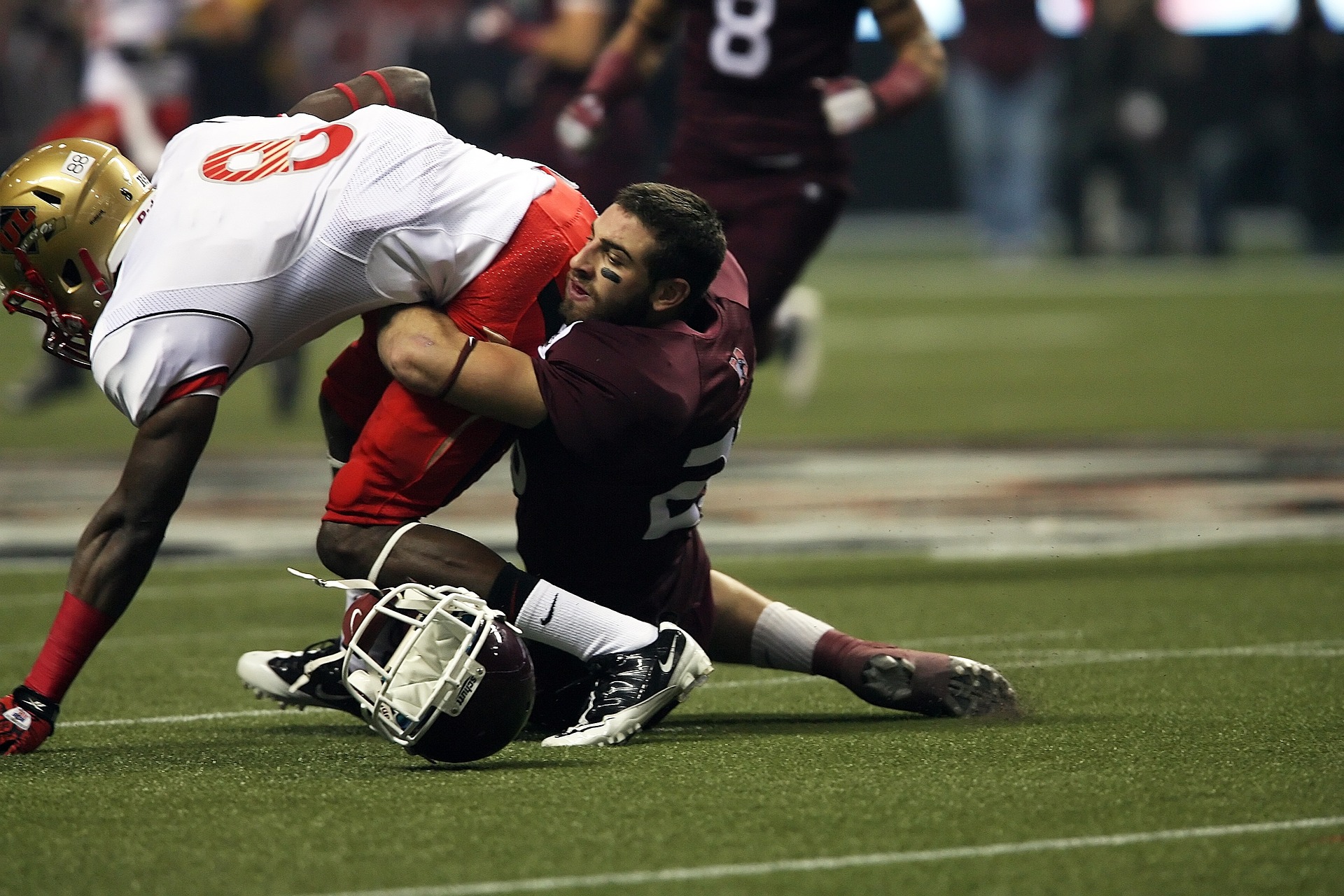Concussion Care Evolves as more Evidence Indicates Exercise is the Best Option

For a generation, public interest in concussions has skyrocketed, along with better knowledge of assisting people in recovering. Concussion sufferers were often advised to rest in a darkened room, but concussion care has emerged from the shadows in recent years.
This is mainly due to increased research: the number of studies on this mild type of traumatic brain damage has increased by 15 times in the past 20 years. This increase indicates that the relatively new subject of concussion research is developing into a more sophisticated science. It has generated new data to suggest a different strategy for treating concussions. A fresh surge of research publications has flipped long-held beliefs on their heads.
A Dark Chamber was the Doc’s Advice
For many years, concussion therapy was based on the principle that rest is the best medicine.
Patients were advised to avoid cognitive and physical exertion until their symptoms disappeared, giving rise to the concept that a dark room was the optimum setting for rehabilitation.
The issue was that there was little evidence to back up the dark-room procedure.
The aim to restrict exposure to surroundings and activities that might contribute to subsequent concussions, which can have compounded, longer-lasting consequences, motivated the use of rest as a management technique. The prevention of subsequent damage took precedence over proactive rehabilitation.
However, we are now in the middle of a paradigm shift in concussion care.
Physical Activity is Medicine
Experts have begun to investigate aerobic exercise (or cardio training) as a treatment option for concussion symptoms in recent years. This approach to exercise as medicine is opposed to the current status quo that rest is best.
Research has been conducted to investigate the effects of submaximal (low-to-moderate intensity) aerobic exercise effects on concussion symptoms. This study backs up the effectiveness and safety of such exercise for controlling concussion symptoms, which vary from person to person but are commonly classified as somatic (or bodily), cognitive, emotional, and sleep-related. They may be evaluated using adult and child symptom measures.
According to an academic analysis that integrates the results of individual research, exercise is one of the most effective, evidence-based techniques for treating concussion symptoms. Science currently shows that exercise is more helpful than rest after a short period (24 to 48 hours) after a concussion.
A baseline test is usually used when prescribing exercise for concussion. The most extensively researched tests involve patients walking on a treadmill with a gradually rising slope or riding on a stationary bicycle against steadily increasing resistance.
Patients exercise under supervision until they encounter an increase in symptoms (studies demonstrate that this is temporary and is not connected with a bad long-term result) or are unable to continue exercising. The heart rate at the end of the test is recorded. Patients are then given an exercise regimen that includes five to six days of aerobic activity at an intensity equal to 80% of the highest heart rate reached during the test.
Ongoing Investigation
As a further step, experts are hard at work determining the precise mechanism by which such sub-maximal exercise alleviates concussion symptoms. The autonomic nervous system (which governs involuntary physiological activities like heart rate and respiration) is thought to be disrupted after a concussion. Its two significant sub-systems are “uncoupled.”
Submaximal aerobic exercise is hypothesized to stimulate the autonomic nervous system in a manner that aids in the restoration of balance to this vital command center. Simply stated, it seems that exercise may induce the biological shift necessary to overcome concussion symptoms safely and efficiently.
More study is required to add to the expanding body of information about exercise-induced concussions. We need to learn how varied exercise frequencies, intensities, timeframes, and kinds might reduce symptom load.
0 comments